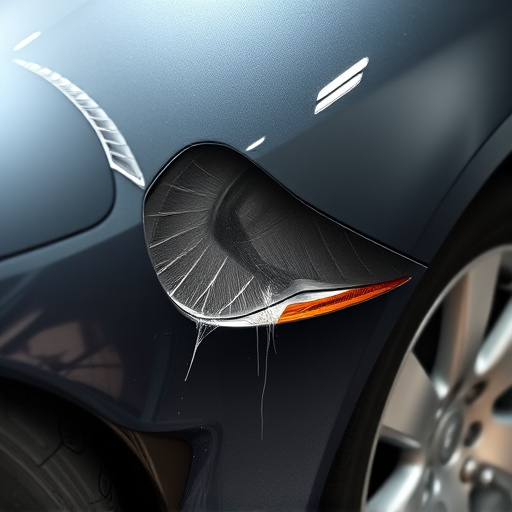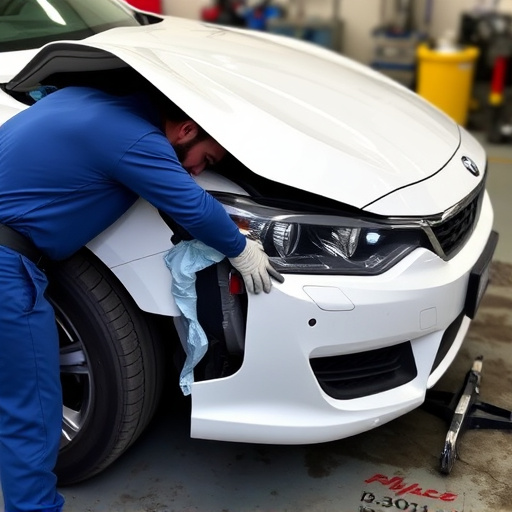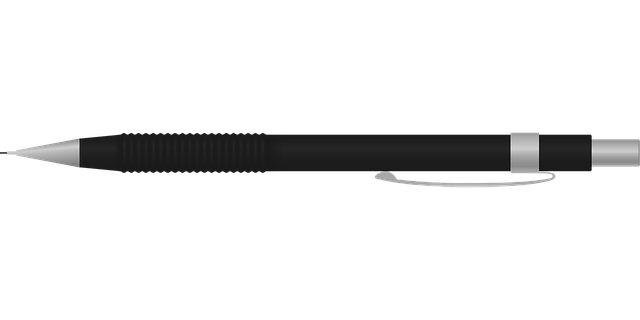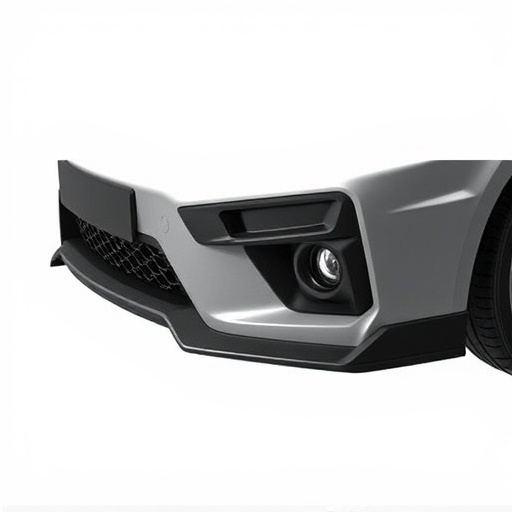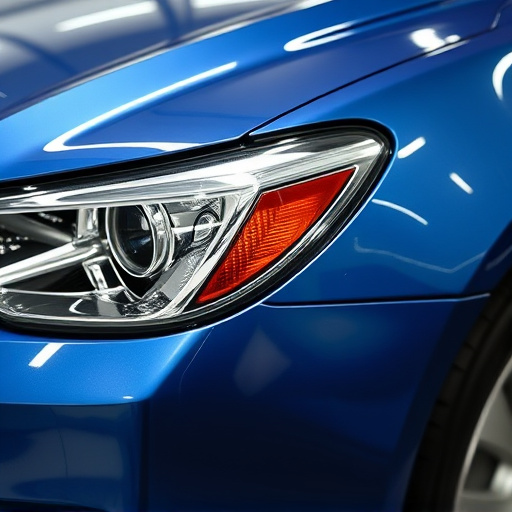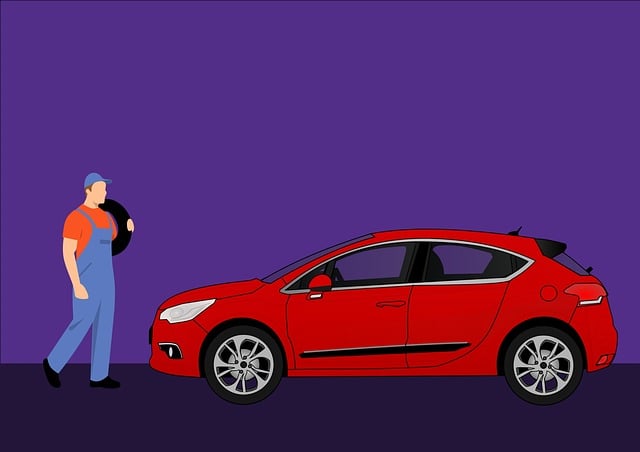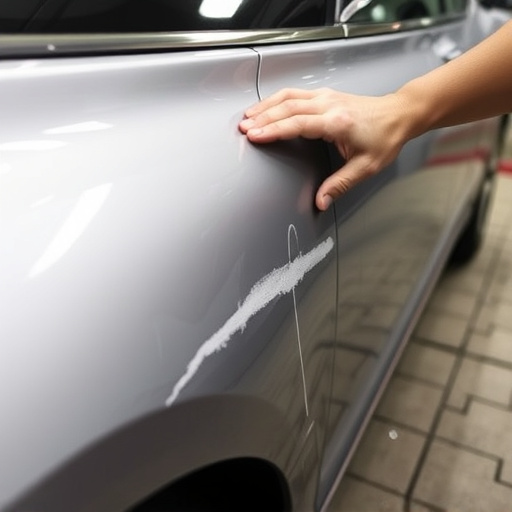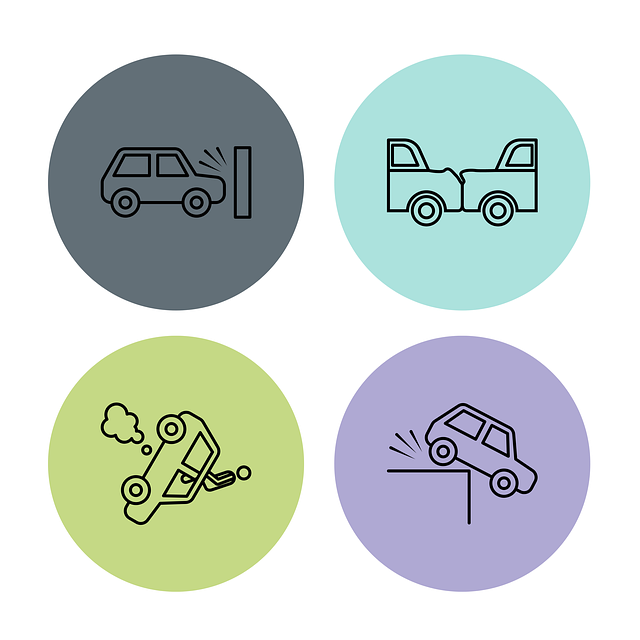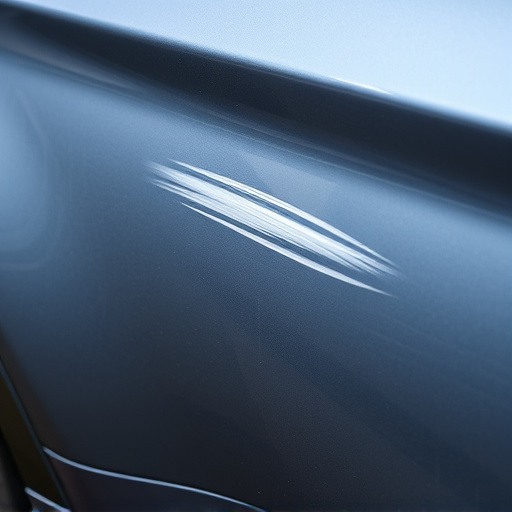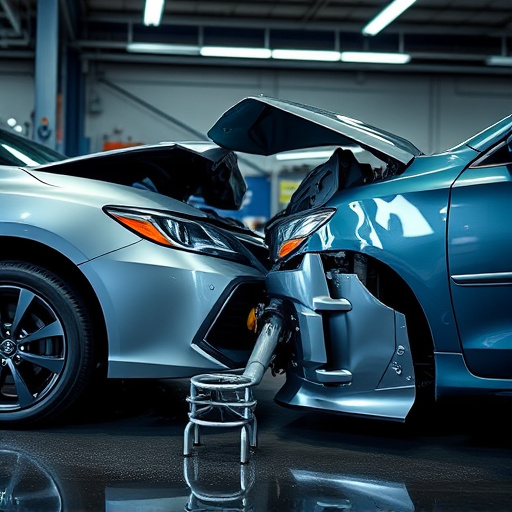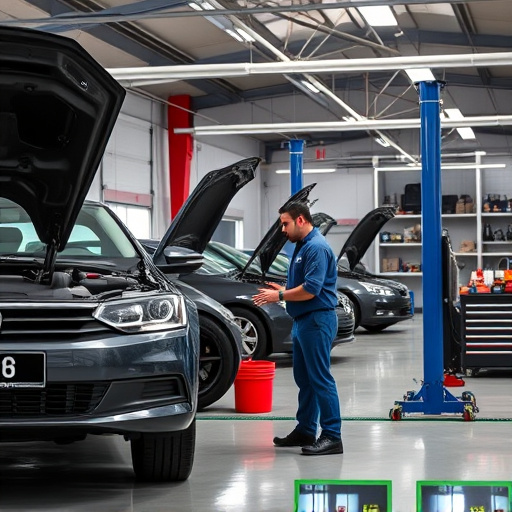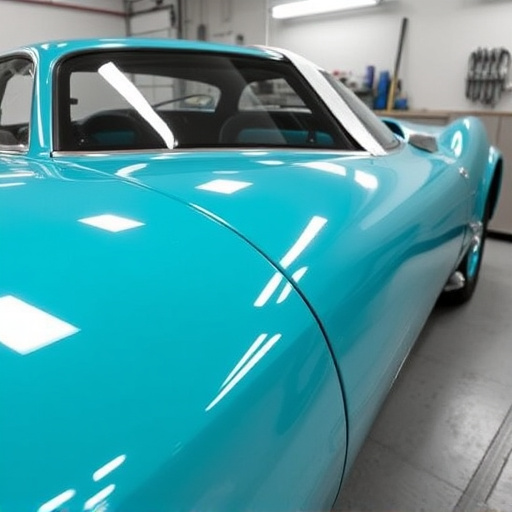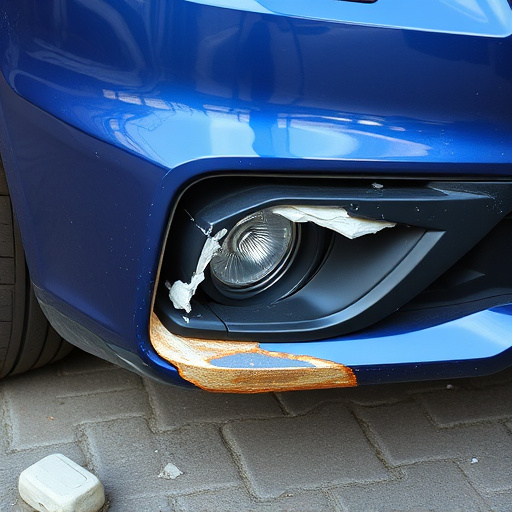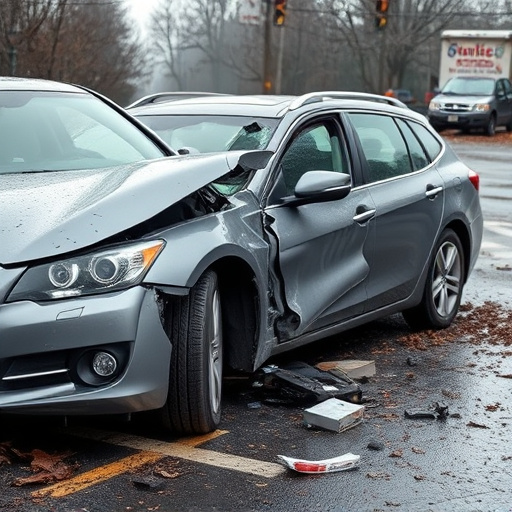Precision frame alignment is a critical process in automotive collision repair, focusing on restoring vehicles' structural integrity and safety. Technicians use specialized equipment and techniques, including sensor data and 3D mapping, to achieve meticulous adjustments, addressing even slight misalignments. This advanced approach is essential for modern vehicles, especially those with complex geometry, ensuring optimal handling, braking, and performance while maintaining cosmetic precision. Proper preparation, including specialized tools and workspace optimization, enhances efficiency and accuracy, particularly when combining this process with paintless dent repair techniques.
Precision frame alignment is a critical process ensuring images are accurately represented, vital for professionals in various fields. This comprehensive guide delves into the intricate world of precision frame alignment, offering a detailed step-by-step approach for technicians. From understanding the fundamentals to advanced calibration techniques, learn how experts navigate complexities. By mastering these methods, technicians can achieve optimal alignment, enhancing visual accuracy and quality across diverse applications demanding precise framing.
- Understanding Precision Frame Alignment: Basics and Importance
- Step-by-Step Guide: Tools and Preparation for Technicians
- Advanced Techniques: Adjusting and Calibrating for Optimal Alignment
Understanding Precision Frame Alignment: Basics and Importance
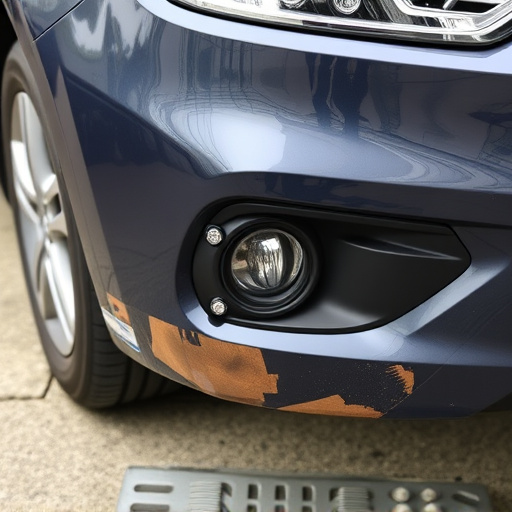
Precision frame alignment is a critical process in automotive collision repair, ensuring that a vehicle’s structural components are accurately restored to their original specifications. It involves meticulous adjustments to the frame, panels, and various parts of the car body to achieve perfect alignment and functionality. This advanced technique is not just about making a car look good; it guarantees safe driving dynamics and prevents future issues related to handling, braking, and overall vehicle performance.
By employing specialized equipment and tools, technicians can identify misalignments and make subtle adjustments to correct them. This process is particularly crucial for cars that have undergone significant damage repair, as even the slightest deviation from original alignment can lead to problems over time. A well-executed precision frame alignment not only restores the vehicle’s aesthetic appeal but also ensures its structural integrity and reliability on the road, making it an indispensable step in any reputable car repair shop.
Step-by-Step Guide: Tools and Preparation for Technicians
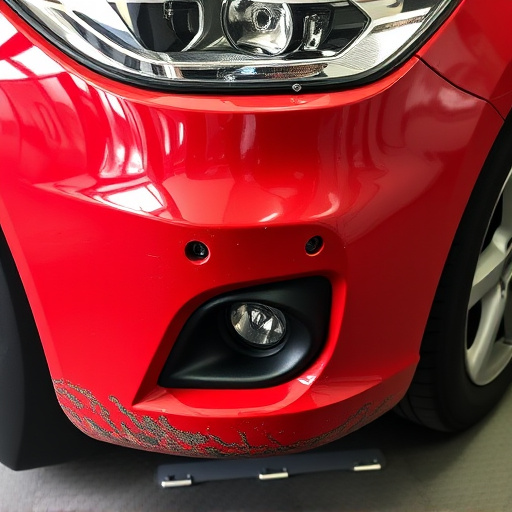
Before embarking on a precision frame alignment task, technicians must prepare a set of specialized tools and ensure their workspace is equipped to handle the intricate process. This step-by-step guide outlines the essentials for an effective Mercedes Benz repair or car body restoration session focusing on precision frame alignment.
First, gather the necessary tools: a high-quality aligner machine, specific sensors for frame measurement, and precise measuring tools like calipers. Ensure the work area is clean, well-lit, and has adequate space to accommodate the vehicle. In a bustling automotive repair shop, creating a dedicated zone for this meticulous process can significantly enhance efficiency in car body restoration projects, especially when dealing with paintless dent repair techniques.
Advanced Techniques: Adjusting and Calibrating for Optimal Alignment
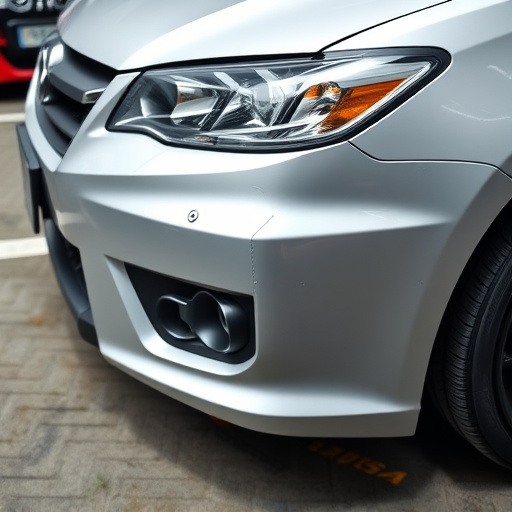
Technicians employ advanced techniques to achieve optimal precision frame alignment, going beyond basic adjustments. This involves meticulous calibrations using specialized tools and software designed for accurate measurements. By inputting data from various sensors and cameras, the system generates a detailed 3D map of the vehicle’s frame, identifying even slight discrepancies.
These sophisticated methods allow technicians to make precise adjustments, ensuring that all components are aligned correctly. This is particularly crucial in cases of autobody repairs, car damage repair, or vehicle dent repair, where maintaining structural integrity and cosmetic precision is paramount. Each adjustment is carefully calculated, accounting for the complex geometry of modern vehicles’ frames to deliver a seamless and secure alignment.
Precision frame alignment is a critical skill for technicians, ensuring optimal visual experience and equipment longevity. By understanding the basics and employing advanced techniques, professionals can master this art. The step-by-step guide provided offers a practical approach, enabling technicians to deliver top-notch services. With the right tools and knowledge, precision frame alignment becomes an achievable goal, allowing for perfectly aligned frames that enhance both functionality and aesthetics.
